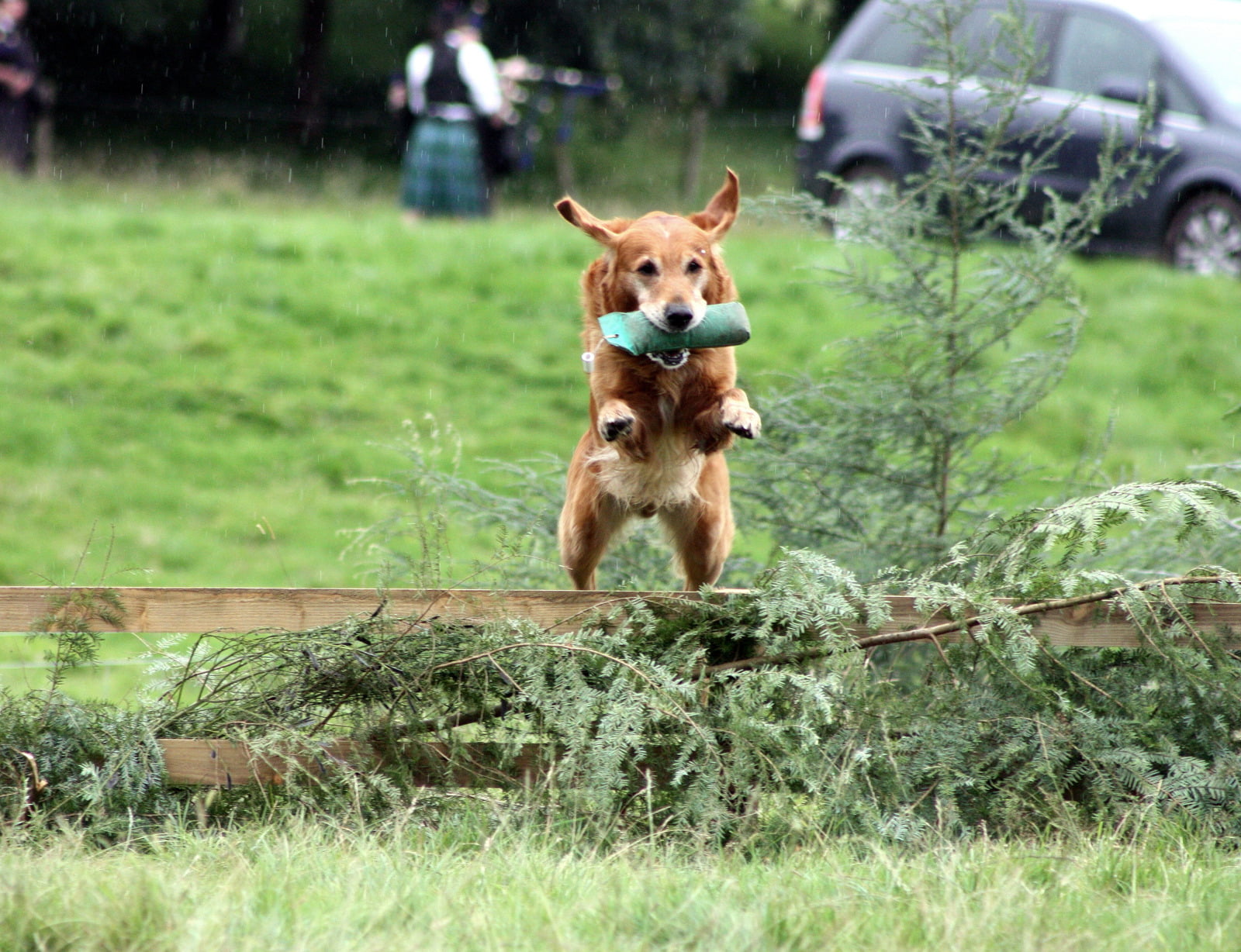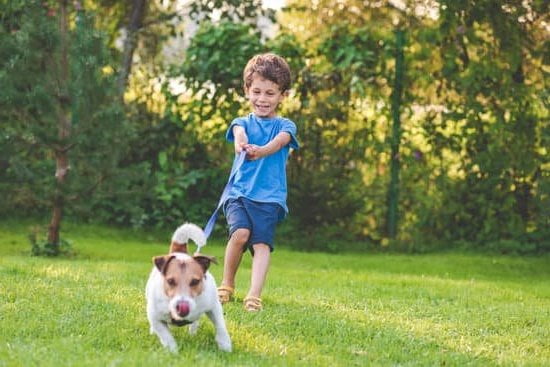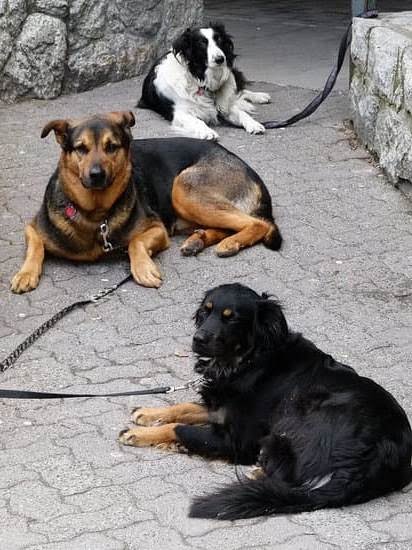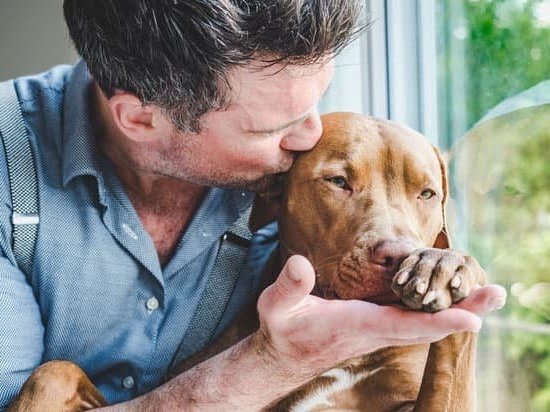Are you wondering how to train an anxiety service dog? Anxiety service dogs play a crucial role in providing support and comfort to individuals dealing with anxiety-related disorders.
From basic obedience training to teaching specific anxiety alert behaviors, the process of training an anxiety service dog requires dedication, patience, and understanding. In this article, we will explore the various aspects of training an anxiety service dog, including finding the right dog for training, establishing trust and bonding, desensitization techniques, public access training, legal considerations, and continuing education for service dogs.
The first step in training an anxiety service dog is understanding the important role they play in providing support to individuals suffering from anxiety-related disorders. These specially trained dogs are not only trained to provide emotional support but also to perform specific tasks that can help alleviate their handler’s anxiety symptoms.
When it comes to finding the right dog for training as an anxiety service dog, it’s essential to consider the temperament, energy level, and innate abilities of the potential candidate. Once you have found the right dog, establishing trust and bonding with your canine companion becomes crucial for a successful training process. This involves creating a strong foundation of mutual trust and respect between you and your dog.
Finding the Right Dog for Training
When it comes to training an anxiety service dog, finding the right dog is crucial. It is important to choose a dog that has the appropriate temperament, intelligence, and health to perform the duties required of an anxiety service dog.
Some of the best breeds for this type of work include Golden Retrievers, Labradors, Poodles, and mixed breed dogs. These breeds are known for their friendly and calm demeanor, as well as their ability to form strong bonds with their owners.
Aside from breed considerations, it’s also essential to assess each individual dog’s personality and behavior. Look for a dog that is naturally calm and attentive, with a willingness to please. A good candidate should also be confident, but not overly dominant or aggressive. Additionally, consider the age and physical condition of the dog – they should be in good health and at an age where they can handle the physical demands of service work.
Once you have found a potential candidate, it’s important to spend time getting to know the dog before starting their training. This will allow you to assess their behavior in various situations and determine if they have the right qualities needed for this type of work. Finding the right dog for training will set a solid foundation for successful anxiety service dog training.
| Service Dog Breed | Characteristics |
|---|---|
| Golden Retriever | Friendly, intelligent, calm temperament |
| Laborador | Obedient, loyal, people-oriented nature |
| Poodle | Highly trainable, hypoallergenic coat |
| Mixed Breed Dogs | Variety of temperaments and traits depending on ancestry |
Establishing Trust and Bonding With Your Dog
Creating a Safe and Positive Environment
When training an anxiety service dog, it is crucial to establish a safe and positive environment for the dog. This means providing a comfortable and secure living space for the dog, as well as ensuring that your interactions with the dog are always positive and reinforcing. Avoid any negative reinforcement or punishment-based training techniques, as these can erode trust and create anxiety in the dog.
Building a Strong Relationship
Building a strong and trusting relationship with your anxiety service dog is essential for successful training. Spend quality time with your dog, engaging in activities that they enjoy, such as playtime, walks, or cuddling. This will help to build a strong bond between you and your dog, which is important for them to be able to understand and respond to your needs when they are working as a service animal.
Socialization
Socializing your anxiety service dog is also an important part of establishing trust and bonding. Expose them to different environments, people, and animals in a controlled and positive manner. This will help them become more confident in various situations and build trust in you as their handler. It is crucial to take things slowly during socialization, making sure not to overwhelm the dog with new experiences.
By focusing on creating a safe environment, building a strong relationship, and socializing your anxiety service dog, you can establish trust and bonding that forms the foundation for successful training.
Basic Obedience Training for Anxiety Service Dogs
Training your anxiety service dog in basic obedience is an essential step in their development and ability to assist you effectively. Obedience training not only helps your dog behave well in public, but it also strengthens the bond between you and your furry companion. Here are some important aspects to consider when training your anxiety service dog in basic obedience:
- Positive Reinforcement: Utilize treats, praise, and other rewards to encourage good behavior from your dog during training sessions.
- Consistency: Establish consistent rules and commands for your dog to follow, and be sure that everyone interacting with the dog uses the same commands and expectations.
- Basic Commands: Teach your anxiety service dog basic commands such as sit, stay, come, heel, and down. These will be crucial for maintaining control in various situations.
In addition to these general obedience training tips, it’s important to tailor the training process to address the specific needs of an anxiety service dog. For example:
- Anxiety Response: Train your service dog to recognize when you are experiencing heightened anxiety or panic symptoms. This may involve teaching them a distinct alert behavior or physical cue that signals they should provide comfort and support.
- Interrupting Destructive Behavior: If you experience anxiety-related behaviors that lead to destructive actions, train your dog to interrupt this behavior by providing a positive distraction or redirection.
- Maintaining Focus: Your anxiety service dog should learn how to maintain focus on you in distracting environments or when you need assistance during an anxious episode.
By incorporating these strategies into the basic obedience training for your anxiety service dog, you can ensure that they are equipped to provide effective support and assistance when needed. This will also contribute to their overall well-being and success as a working service animal.
Desensitization and Counterconditioning Techniques
Desensitization and counterconditioning are essential techniques when training an anxiety service dog, as they help the dog learn to cope with the triggers that cause anxiety in their handler. These two methods help the dog develop a positive association with the triggering stimulus, ultimately reducing the anxiety response.
Desensitization
Desensitization involves exposing the dog to the triggering stimulus in a gradual and controlled manner, starting with a very mild version of the trigger and slowly increasing its intensity over time. This gradual exposure allows the dog to become accustomed to the trigger without feeling overwhelmed or anxious. For example, if the trigger for the individual’s anxiety is crowded places, desensitizing the dog would involve gradually introducing them to increasingly busier environments.
Counterconditioning
Counterconditioning works hand-in-hand with desensitization by changing the dog’s emotional response to the triggering stimulus. This is done by associating the trigger with something positive for the dog, such as treats or playtime. For instance, whenever the trigger is present, such as when encountering a large crowd, offering treats or engaging in a fun game can help create positive associations for the dog.
By utilizing desensitization and counterconditioning techniques in training an anxiety service dog, handlers can effectively help their dogs learn how to recognize and cope with their triggers in a calm and collected manner. Training sessions should be conducted in a patient and consistent manner, ensuring that both techniques are applied gradually and tailored to each individual dog’s needs and triggers.
Teaching Specific Anxiety Alert Behaviors
Once your anxiety service dog has mastered basic obedience training, it is important to begin teaching them specific anxiety alert behaviors. These behaviors are crucial in helping their owner manage and cope with their anxiety or panic attacks.
One of the most common alert behaviors for anxiety service dogs is pawing at their owner. This can be a gentle nudge or scratching at the person’s leg to get their attention and provide comfort. It is essential to train this behavior in a way that does not cause harm or injury to the owner.
Another important alert behavior is deep pressure therapy. This involves the dog applying firm but gentle pressure on their owner’s torso or lap to provide a calming sensation during an anxiety or panic attack.
It is important to remember that each person’s symptoms of anxiety may differ, so it is vital to tailor the specific alert behaviors to the individual needs of the handler. Proper and consistent training is key in ensuring that the dog can effectively recognize and respond to their owner’s unique signs of distress.
| Alert Behaviors | Description |
|---|---|
| Pawing | Gentle nudge or scratching at the person’s leg |
| Deep Pressure Therapy | Firm but gentle pressure applied by the dog on owner’s torso or lap |
Public Access Training and Etiquette
Training an anxiety service dog goes beyond just teaching them obedience and alert behaviors. One crucial aspect of their training is public access training and etiquette. This involves ensuring that the dog is well-behaved and under control when in public spaces, as well as understanding the rights and responsibilities of having a service dog in different environments.
During public access training, it’s important to expose the anxiety service dog to various real-life situations they may encounter while accompanying their handler. This can include busy streets, crowded places, loud noises, and other potential stressors. The goal is to ensure that the dog remains calm and focused on their handler, providing comfort and assistance without becoming anxious or reactive themselves.
Additionally, proper etiquette must be observed when bringing an anxiety service dog into public spaces. This includes respecting the rules and regulations of businesses and establishments, keeping the dog clean and groomed, and ensuring that they do not disturb or endanger others. Education about service dog rights and etiquette is also important for handlers to advocate for themselves and their dogs in public situations.
Legal Considerations for Anxiety Service Dogs
When it comes to having an anxiety service dog, there are some legal considerations that must be taken into account. These considerations are important in ensuring that the rights and responsibilities of both the dog owner and the surrounding community are upheld. Here are some legal aspects to consider when training and owning an anxiety service dog:
1. **Americans with Disabilities Act (ADA)** – Under this law, individuals with disabilities have the right to be accompanied by their service animals in all public areas. This means that anxiety service dogs are allowed to accompany their owners in places such as restaurants, grocery stores, and public transportation.
2. **Housing Laws** – The Fair Housing Act allows individuals with disabilities to live with their service animals in housing units that have a “no pets” policy. Landlords are required to make reasonable accommodations for those who require the assistance of a service animal.
3. **Air Carrier Access Act** – This law permits individuals with disabilities to fly with their anxiety service dogs in the cabin of an aircraft free of charge, regardless of any pet travel policies set by the airline.
4. **Identification and Fraud** – It is important for anxiety service dogs to have proper identification, such as a vest or badge, indicating their status as a working animal. Additionally, it is illegal for individuals to misrepresent their pet as a service animal.
Understanding these legal considerations is essential for those who own or plan on owning an anxiety service dog. By being aware of your rights and obligations under the law, you can ensure a smooth experience while training and living with your anxiety service dog.
Maintaining and Continuing Education for Service Dogs
In conclusion, training an anxiety service dog is a process that requires dedication, patience, and a deep understanding of the role these dogs play in their owner’s lives. Once you have found the right dog for training and have established trust and bonding, it is crucial to continue their education and maintain their skills. This not only ensures that they are capable of providing the necessary assistance but also guarantees their well-being and welfare.
Continuing education for service dogs involves consistently practicing basic obedience training, desensitization, and counterconditioning techniques, as well as reinforcing specific anxiety alert behaviors. These practices help solidify their training and ensure that they can effectively assist their owners when experiencing anxiety or panic attacks. It is important to consistently expose them to different environments and stimuli so they remain comfortable and confident in public settings.
Moreover, being aware of legal considerations for anxiety service dogs is essential for their ongoing success. Understanding rights and responsibilities regarding public access and etiquette not only protects the dog but also facilitates the smooth integration of the dog into various public spaces. Overall, by maintaining and continuing education for service dogs, owners can ensure that both they and their canine companions can lead fulfilling lives together.
Frequently Asked Questions
Can I Train My Own Anxiety Service Dog?
Training your own anxiety service dog is possible, but it requires a lot of dedication, time, and effort. It’s important to ensure the dog has the right temperament, health, and obedience skills before starting the training process. Additionally, working with a professional trainer or organization experienced in training service dogs can be very beneficial in ensuring success.
What Commands Service Dogs Anxiety?
Service dogs for anxiety typically learn commands that help their owners during stressful situations.
These commands may include tasks such as creating personal space by circling around their owner, offering deep pressure therapy through leaning or laying on their owner’s lap or chest, providing a barrier between their owner and others, fetching medication or comfort items, and guiding their owner away from potential stressors.
Can You Train Anxiety Out of a Dog?
While you cannot completely “train” anxiety out of a dog in the way that you would with obedience commands, you can certainly help manage and reduce anxiety through training and behavior modification techniques. This may involve desensitization exercises, positive reinforcement training to build confidence, teaching coping mechanisms such as deep pressure therapy or focus exercises, and providing a safe and supportive environment for the dog to thrive in.
Working with a professional trainer or behaviorist who has experience with anxious dogs can be highly beneficial in these efforts.

Welcome to the blog! I am a professional dog trainer and have been working with dogs for many years. In this blog, I will be discussing various topics related to dog training, including tips, tricks, and advice. I hope you find this information helpful and informative. Thanks for reading!





